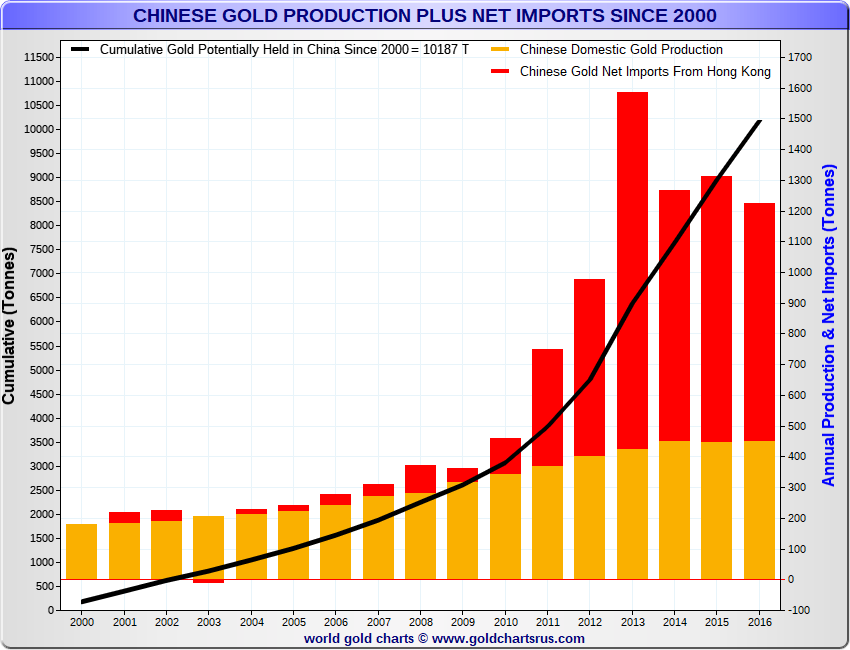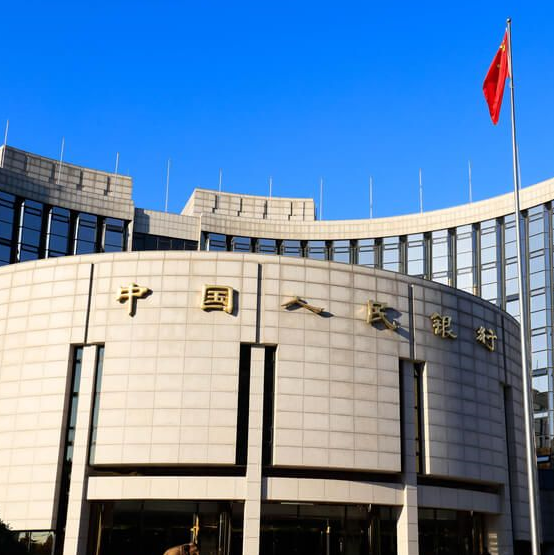The “Mnuchin Plunge Protection Team/Government Shutdown” rally extended overnight, and is now more than 13% from the Dec 24 lows with US equity futures and European stocks rising following a strong Asian session following a since-denied WSJ report that the US is considering easing Chinese tariffs to boost the market, followed by a report that China has told local governments to push consumption of cars and home appliances. The result is a sea of green in global markets, which look set to close the week at one month highs, while safe haven assets continued to decline with Treasuries, the yen and gold all edging lower.
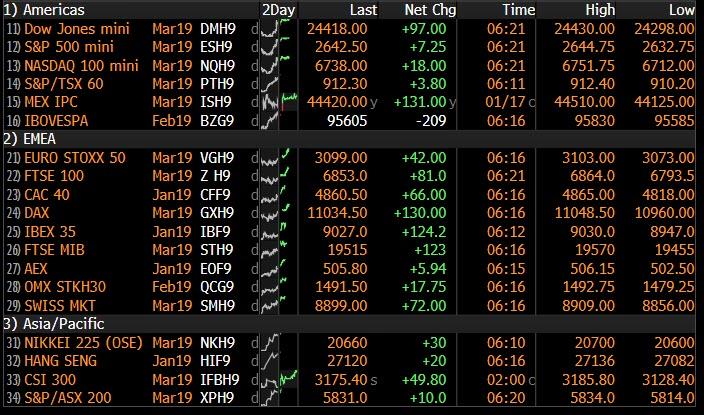
As a result of resurgent trade dispute optimism coupled with ongoing rumors of further stimulus from China, a Fed which has removed the threat of further rate hikes and an ok earnings season so far, global stocks rose to their highest in more than a month on Friday.
European stocks rose to the highest since early December, carrying over the trade optimism from the Asian session where major equity indices posted >1% gains after the WSJ reported that the US was considering lifting China import tariffs, and even though the Treasury promptly rejected the report, the story reinforced speculation the administration is more eager for a deal and helped upward momentum now that the 50DMA resistance has been breached in the S&P500.
“The story was probably not as interesting as the headlines suggested, as the story states that the proposal comes from Treasury Secretary Steven Mnuchin (a China dove), while the US Trade Representative Robert Lighthizer (China hawk) opposes the idea,” strategists at Danske Bank wrote in a note to clients. “Nonetheless, we still interpret the story as another sign that a US-China trade deal is moving closer and markets probably do as well.”
Europe’s Stoxx50 rose 1.4%, crossing above the 50DMA for the first time since September, with banks enjoying the largest gains (+1.8%), recovering Thursday’s losses to resume the week’s rally, while Autos also rallied (+1.5%) supported by reports that China told local governments should boost policy support for consumption of home appliances and cars, according to a statement from the National Development and Reform Commission.
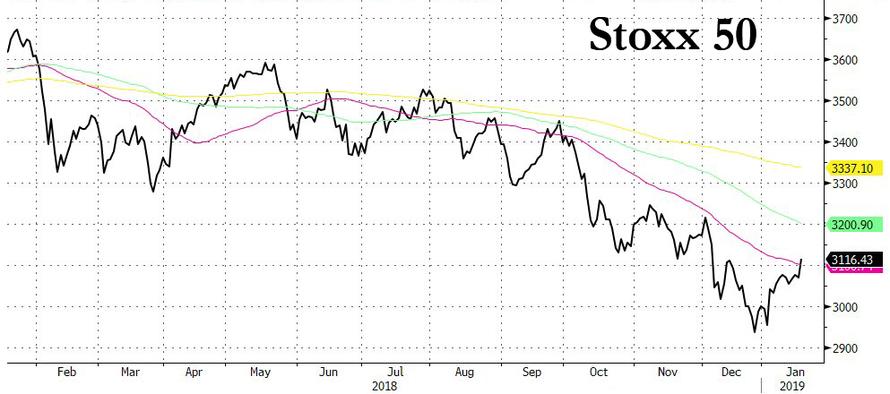
China’s ministries called for boosting consumption in rural areas, including raising the quality of products consumed, and called for an increase in marketing of high- quality industrial products to rural areas. In short, China is telegraphing that consumption is to play a bigger role in dealing with downward economic pressures, although it is unclear just how this is possible when consumer debt in China has exploded in recent years, especially mortgage loans and credit card debt.
News of additional Chinese stimulus helped lift the MSCI index of Asia-Pacific shares ex Japan by 0.55%; the index has gained 1.3 percent this week, while the Shanghai Composite was up 1 percent. Australian stocks rose 0.5%, South Korea’s KOSPI advanced 0.6 percent and Japan’s Nikkei gained more than 1 percent to a one-month high.
The gains across regions helped lift the MSCI All-Country World Index to its highest since early December. The index was set for its fourth straight weekly gain, its longest weekly winning streak in six months, a furious rally that started the day after the US government was shut down, when Steven Mnuchin summoned the Plunge Protection Team, and as president Trump said “I think it’s a tremendous opportunity to buy. Really a great opportunity to buy.” So far he has been right.
In the US, S&P futures traded at session highs , up 0.5% following the S&P 500 cash Index’s first close above its 50-day average since early December. The yen fell for a fourth day and oil extended a third week of gains toward $53 a barrel in New York
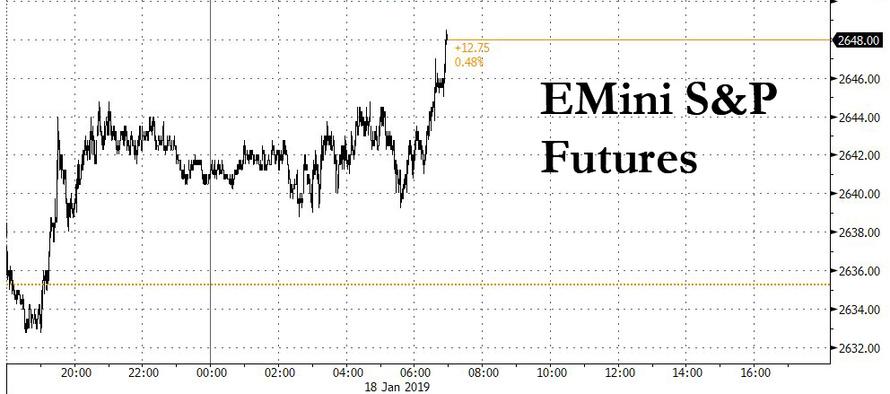
The bid for risk assets weighed on long dated bond maturities as curves bear steepened and swap spreads tighten. 10Y TSY yields rose to session highs of 2.77% the highest level in three weeks, while long-end Gilts underperformed with yields rising ~3.5bps before stalling. Peripheral bonds continue to trade well, led by BTPs which pare some of the early ~8bp tightening to Germany.
In FX trading, DXY trades to the lower end of a tight range, EURUSD reclaims 1.14, GBP backs away from 1.3000. The dollar was supported after U.S. Treasury yields rose amid improved risk appetite. The dollar was set for its first weekly rise in five. The euro rose to $1.1398 after dipping overnight. It was on track for a weekly loss of 0.7 percent. The pound was 0.3 percent lower at $1.2950 after climbing to a two-month peak of $1.3001 on hopes that Britain can avoid a no-deal Brexit.
As Bloomberg notes, stocks and junk bonds are heading into the weekend with momentum after investors got some relief over concerns about the growth and rates outlook from U.S. economic data and central bankers. Chicago Fed President Charles Evans said the American economy is doing well, allowing that “we can easily be patient” in deciding on further interest-rate increases. Global stocks powered toward their fourth weekly gain.
“We think valuations are attractive,” said Marija Veitmane, senior multi-asset strategist at State Street. “There’s quite a lot of bad news already priced in. Lack of bad news is good news, and we can see markets re-pricing back to higher multiples.”
In overnight political news, the White House confirmed US President Trump cancelled the delegation trip to Davos amid government shutdown, while the White House also stated that US President Trump and Treasury Secretary Mnuchin are to hold Oval Office meeting today. Elsewhere, US Treasury Secretary Mnuchin has declined a request to testify next week regarding government shutdown according to US House Ways and Means Committee Chairman Neal, while the US Treasury instead offered to send senior officials to the Way and Means hearing.
EU Commission has proposed negotiating mandates for trade talks with the US, the EU seeks cover tariff removal for industrial goods and regulatory cooperation. Trade Commissioner Malmstrom added that EU are ready to put cars into the negotiations with the US; we are not proposing to restart broad free trade agreements with the US. German government spokesman, when asked about mulling the ban of Huawei from its 5G network, said security is important for Germany.
In commodities, crude oil futures extended Thursday’s gains, adding 0.8% to $52.49 per barrel. Brent crude was up 0.6 percent at $61.56 per barrel and on track to gain roughly 2% on the week. Elsewhere in commodities, palladium was 1.5 percent higher at $1,417.00 an ounce after rising to an all-time high of $1,434.50 overnight. Demand has recently outstripped supply for the metal, used in emissions-reducing catalytic converters for cars. Palladium also appeared to get a boost from hopes for further government stimulus in China, the world’s biggest auto market. Spot gold was down 0.3 percent at $1,299.06 an ounce, after relinquishing its spot as the most expensive precious metal to palladium early in December.
Expected data include industrial production and University of Michigan Consumer Sentiment. State Street and Schlumberger are among companies reporting earnings
Market Snapshot
- S&P 500 futures up 0.5% to 2,647
- STOXX Europe 600 up 1% to 354.35
- MXAP up 0.6% to 153.27
- MXAPJ up 0.7% to 498.07
- Nikkei up 1.3% to 20,666.07
- Topix up 0.9% to 1,557.59
- Hang Seng Index up 1.3% to 27,090.81
- Shanghai Composite up 1.4% to 2,596.01
- Sensex up 0.02% to 36,382.51
- Australia S&P/ASX 200 up 0.5% to 5,879.59
- Kospi up 0.8% to 2,124.28
- German 10Y yield rose 2.6 bps to 0.269%
- Euro up 0.07% to $1.1397
- Brent Futures up 0.9% to $61.75/bbl
- Italian 10Y yield rose 1.0 bps to 2.406%
- Spanish 10Y yield fell 1.6 bps to 1.348%
- Brent futures up 0.9% to $61.75/bbl
- Gold spot down 0.5% to $1,285.34
- U.S. Dollar Index up 0.04% to 96.11
Top Overnight News from Bloomberg
- President Trump told his lawyer Michael Cohen to lie to Congress about talks to build a Trump Tower in Moscow, BuzzFeed reports, citing two unidentified federal law enforcement officials involved in a probe of the matter
- Investors have been flocking to the safety of longer-dated gilts, preferring them over shorter maturities, a sign that they think the risks surrounding the economy are growing. At the same time, they are betting that inflation will become a headache for policy makers
- Theresa May met leading pro-Brexit Tories and promised them she won’t agree to keep Britain in a customs union with the EU, according to people familiar with the matter. She was also firm there won’t be an extension to the March 29 deadline and she’s not going to rule out leaving the EU with no deal
- The European Commission said it is “not taking any chances” in preparing for Brexit as the possibility of a no-deal divorce was seen to increase after May was defeated in Parliament this week
- Trump administration officials are considering measures to roll back tariffs on Chinese products in order to calm financial markets, the Wall Street Journal reported, a report the Treasury Department quickly denied
- Norway Prime Minister Erna Solberg has tightened her grip on politics with a deal that secures a parliamentary majority to a conservative-led government in Norway for the first time in more than three decades
- Japan’s key inflation gauge slowed again in December, highlighting the difficulty of reaching the central bank’s 2% price goal. Yen at 98 would trigger BOJ to take action, economists say
- China’s ambassador to Canada warned that excluding Huawei Technologies Co. from its next-generation wireless network will have repercussions
- India’s government signaled it’s ready to sacrifice fiscal discipline to stoke economic growth, as it prepares to unveil its last spending plan next month before a general election
- Global oil demand remains on course to be stronger this year than in 2018 as a boost from lower fuel prices counters slowing economic activity, according to the International Energy Agency
Asian equity markets traded higher across the board as the region took impetus from Wall St where the major indices were lifted on hopes of easing trade tensions after the US was said to mull lifting China trade tariffs to break the stalemate, although the Treasury was quick to downplay the prospects regarding this. As such, ASX 200 (+0.5%) and Nikkei 225 (+1.3%) were positive with broad gains across the sectors and with the Japanese benchmark the outperformer as it coat-tailed on the favourable currency moves. Hang Seng (+1.3%) and Shanghai Comp. (+1.4%) were boosted by the trade hopes with US and China also said to be in discussions on reopening access for US poultry exports to China, while the PBoC’s continued efforts this week resulted to a substantial net weekly injection of CNY 1.16tln to the interbank market. Finally, 10yr JGBs were lower as they tracked the downside in T-notes and with demand for bonds subdued by the positive sentiment across stock markets in the region, but with losses limited amid improved demand in the enhanced liquidity auction for 10yr, 20yr & 30yr JGBs.
Top Asian News
- Serial Defaulter IL&FS in Spotlight as Bond Payment Due
- Alibaba Is Said to Postpone Some Hiring, Cut Travel Spending
- Carlyle, Nomura Are Said to Weigh Bid for Orion Breweries
- Asia’s Richest Man Outlines His Plan to Take on Amazon in India
Major European equities are firmly in the green amidst positive trade updates [Euro Stoxx 50 +1.6%]. FTSE MIB (+1.0%) was initially weighed on by the poor performance of index heavyweight Telecom Italia (-7.0%) at the bottom of the Stoxx 600 after saying they expect 2018 organic EBITDA of domestic business unit to be in the lower mid-single digits compared to the previous year; adding that this may influence 2019. Major sectors are similarly in the green with some underperformance in telecom names on the back of aforementioned Telecom Italia. Other notable movers include Casino (+6.6%) after the Co’s CFO states that despite the French protests they expect to meet 2018 profit goals. Ryanair (-1.7%) have dropped to their lowest level in around 4 years as the Co. have cut their full year guidance. Easyjet (-2.4%) have been dealt a double blow this morning suffering from the Ryanair guidance cut and a downgrade at JP Morgan. Foxconn have cut 50k jobs at their iPhone factory since October, the scale of the cut is not necessarily deeper than prior years but it is significantly earlier; according to Nikkei citing industry sources.
Top European News
- Sweden Ends Historic Political Impasse as Government Is Formed
- ECB Has Narrow Window for Rate Hikes Before Economy Is Too Soft
- Telecom Italia Shares Plunge on Domestic Profit Warning
- Ryanair Earnings Outlook Takes Another Dive on Winter Fares
In FX, the USD Little changed and within a tight 96.000-140 band following yesterday’s volatile trade amid reports that the US are said to be mulling rolling back on China trade tariffs in an attempt to break the stalemate in talks, although the Treasury was quick to downplay the prospects regarding this. Furthermore, participants will be eyeing the meeting between US President Trump and Treasury Secretary Mnuchin at 17:45 GMT for any fresh details on trade or the government shutdown. DXY keeps its head above 96.000 and north of its 100 DMA at 96.055 ahead of the US industrial production data. Wells Fargo notes that a solid print in December IP would show that the industrial sector remains stable, while “a weaker print, on the other hand, may further stoke fears surrounding ongoing trade tensions and Fed policy.”
- GBP – The table has turned for the Pound after yesterday’s climb to test 1.3000 to the upside amid continued hopes of an Article 50 extension with reports stating that the EU are prepared to delay Brexit until at least July. In terms of the latest, the Northern Irish DUP party is reportedly leaning towards a Norway-style deal if it removes the threat of a NI backstop. This type of deal would essentially remove customs checks and allow for trade deals to be struck outside of the EU, though one key rule which must be accepted is the free movement of goods, services, persons and capital to and from EU and EEA member states. PM May has scheduled meetings with party leaders (ex-Labour) to find some common ground before she heads to Brussels. Labour MPs have accepted the PM’s invitation to cross-party talks in a move which defies party leader Corbyn following his demand for a no-deal Brexit to be taken off the table before dialogue can commence. GBP/USD edged lower at the start of the EU session though further downside was seen just before the release of disappointing UK December retail sales (Y/Y 3.0% vs. Exp. 3.6%), with the ONS citing weak sales as shoppers brought forward spending for Black Friday discounts. Subsequently, Cable fell to an intraday low of 1.2930 (vs.; high 1.2993) and currently stands as the G10 underperformer.
- EUR – Relatively uneventful and stuck in sideways Dollar-dominated trade as EUR/USD flirts with the 1.1400 handle ahead of the ECB interest rate decision next week where focus will be on EZ growth outlook. In related news, Bank of America Merrill Lynch has cut its 2019 Euro area growth forecast to 1.1% (Prev. 1.4%) and added that balance of risks remains clearly tilted to the downside. EUR/USD remains above its 50 DMA at 1.1380 ahead of heavy option expiries for today’s NY cut with 4bln at strikes 1.1375-1.1405 and a further 2bln between 1.1415-25 which may cap upside.
In commodities, Brent (+1.3%) and WTI (+1.4%) prices are benefitting from the positive market sentiment generated by potential US-China trade progress, currently just above USD 61/bbl and USD 52/bbl respectively. IEA’s report maintains their global oil demand growth estimate at 1.4mln BPD, and global oil supply fell by 950k BPD in December. However, the report does highlight that Russia raised their oil production in December to 11.5mln BPD and that it is unclear when they will cut production. For context, yesterday Russian Energy Minister Novak said that Russia will try to accelerate cuts in their oil output, but that there are technical limitations.
Gold (-0.5%) has suffered in the US-China stemmed positive risk environment, with the yellow metal residing towards the bottom of its USD 5/oz range. LME copper has breached USD 6000/tonne to the upside on reports stating the US are considering lifting tariffs on China; although this was swiftly downplayed. Elsewhere, spot palladium resides just below its all-time record of USD 1434.50/oz achieved on Thursday.
US Event Calendar
- 9:15am: Industrial Production MoM, est. 0.2%, prior 0.6%; Manufacturing (SIC) Production, est. 0.3%, prior 0.0%
- 10am: U. of Mich. Sentiment, est. 96.8, prior 98.3; Current Conditions, est. 116, prior 116.1; Expectations, est. 86.5, prior 87
DB’s Jim Reid concludes the overnight wrap
Mrs May is the latest to pull out of going to Davos next week due to her pressing Brexit concerns at home. She’s followed Mr Trump (Government shutdown) and Mr Macron (Gilet Jaunes) as having more important domestic issues to resolve. I’m increasingly feeling like it’s only me (and Will.I.Am) going. Although I actually now have my own domestic issues that may threaten my participation. Yes my builders told me yesterday that my porch (or portico) on my renovation project is rotten and falling down so we need to urgently decide on options. Sadly the only viable option is to work harder to pay for a new one. As a reminder if you or anyone from your organisation is going to Davos next week please let them know that I’ll be speaking about “The end of the globalisation supercycle (1980-2016)” on Wednesday morning and on “Whether robots will take your job?” on Thursday. If you or they want an invite please contact me.
Meanwhile the rally edges on and US markets got a late boost last night after the Wall Street Journal reported that the US may be approaching a trade détente with China, though officials almost immediately refuted the story. The S&P 500 jumped as much as +1.11% on the headlines, which said that “U.S. officials are debating ratcheting back tariffs on Chinese imports as a way to calm markets” and that “the president has made clear he wants a deal.” Equities retraced a bit after a Treasury spokesman denied the reports, but the S&P 500 still closed +0.76% higher for its third day of gains and 9 out of 12 so far in 2019. The DOW and NASDAQ also posting healthy climbs of +0.67% and +0.71% respectively. After playing the hero the day prior, banks for the most part of the day, did their best to reverse that move post Morgan Stanley’s numbers (more on that shortly). The Huawei investigation also lurked in the background from the day before while a weaker than expected update from Societe Generale also weighed on European financials. Indeed European banks closed down -1.20% (after being +2.51% the day before) with US banks rallying from losses of -0.91% to close up +0.93% while the STOXX 600 clawed back earlier losses to finish broadly unchanged (+0.04%) by the closing bell. High yield spreads in the US and European were similarly muted but still edged -4bps and -2bps tighter respectively.
After the closing bell last night Netflix reported somewhat disappointing results for the fourth quarter, as revenues disappointed. The company’s topline came in at $4.19bn last quarter, versus expectations for $4.21bn, and its guidance for the current quarter was notably soft at $4.49bn, versus expected $4.60bn. Nevertheless, the company added a healthy 8.8 million new subscribers, taking its total number of paying subscribers to 139 million, which would make the Netflix nation the 10th largest country in the world by population. The stock is trading down -3.93%, but it’s still up almost 50% since Christmas Eve. Remarkable.
US equity futures are trading up +0.22% overnight while sentiment across the rest of Asia is being buoyed by the positive trade headlines from last night with the Nikkei (+1.25%), Hang Seng (+1.04%), Shanghai Comp (+0.79%) and Kospi (+0.63%) all up. In term of overnight data releases, Japan’s December CPI and core-core CPI came in line with expectations and both at +0.3% yoy while core CPI was a one-tenth below consensus at +0.7% yoy.
Back to markets yesterday, Treasuries had actually broken below 2.70% at one stage early in the morning before closing a few basis points off that at 2.745%. A stronger-than-expected Philly Fed reading helped the reversal while in Europe Bunds closed +1.9bps higher with BTPs +1bp higher. The ECB’s Lautenschlaeger stuck to the script in an interview with Politico, saying that she would wait for March projections before revisiting her view of a 2019 rate hike. Staying in Europe, it’s worth flagging an MNI article yesterday (which granted hasn’t proven to be the most reliable source of late) suggesting that the ECB is growing increasingly concerned about a deepening economic slowdown which could prove longer-lasting. The market doesn’t price the next ECB hike until mid-2020 anyways, so it’s clearly already taking a dovish view relative to the ECB at the moment.
We thought we all needed a breather from Brexit so we’ve shunted it down the pecking order today. In terms of the latest update, yesterday we got confirmation that the Commons vote on PM May’s Plan B will now be on January 29th with May presenting it on Monday. Corbyn did say that a second referendum remains an option but failed to commit to it. Corbyn also appealed to all Labour MPs not to speak to May’s government until she meets the party’s conditions for talks. That is: until ‘no deal’ is off the table. However it’s clear that several Labour MPs have already met Mrs May. It seems the government have issued a note alongside these cross party talks that suggests a second referendum would take over a year to organise which for them might be an argument for suggesting it as unfeasible. Most campaigners would disagree about the necessary time frame. Nevertheless you could argue that the very discussion of another referendum puts the option back on the table and slightly raises the odds of it being realised. Obviously, another referendum would inject another dose of uncertainty into the process though. On the other hand, anything that delays things over a year could at least kick the uncertainty down the road and maybe allow for a near-term rally.
We’re a very long way from such an outcome, but the pound rallied notably yesterday, advancing +0.83% to its strongest level in two months at $1.2992. The currency was perhaps supported by a coincidental YouGov poll that suggested support for “Remain” had increased to 56% and a 12 point margin over “leave” – a post-2016 record. Overall the market yesterday perhaps appreciated the combination of the potential for a longer delay to Brexit, some engagement by Labour backbenchers in talks, all options being discussed, a second referendum being mentioned, and the supportive poll. On the other side, May reportedly promised hard-Brext-supporting MPs that she would not agree to keep the UK in the EU customs union, which would presumably be negative for the likelihood of a soft Brexit but did nothing to dampen the steady sterling rally. Meanwhile, The Times reported that the DUP is now edging towards a customs union and The Telegraph reported that as many as 20 mid-ranking ministers have indicated that they are prepared to quit the Government so they can support backbench moves to stop a no-deal Brexit. Expect lots more conflicting headlines to come. As a reminder, earlier this week our FX strategistic published “it’s time to buy the pound”. The link is here .
Coming back to the bank results yesterday, Morgan Stanley shares closed down -4.41% after reporting a miss at both the revenue and earnings lines. Like the bank’s peers, FICC revenues tumbled much more than expected (down -30% yoy) and in fact the most of the five big US banks. In addition there was also a miss in the equities division although the outlook was left broadly unchanged. Here in Europe, Societe Generale fell -5.66% after releasing a Q4 profit warning which cited weaker performance in the investment bank.
On the Fed front, Governor Quarles, who admittedly is more involved in financial regulation than monetary policy, gave a rosy view of the economic outlook. He said “the core base case remains very strong” though “clearly markets are more attuned currently to the downside risks.” So yet another example that FOMC members are unifying around the same message of strong growth but heightened risks given financial conditions. After US markets closed, Chicago Fed President Evans repeated his recent dovish rhetoric, saying that the Fed is “at a good point for pausing,” and that there could be fewer than two hikes this year.
As for the US data, the Philly Fed business outlook reading printed at +17.0 for January compared to expectations for a much more modest rise to +9.5 (vs. a downwardly revised +9.1 in December). That’s the highest reading since October however the details were slightly more mixed. New orders rose to the highest since July last year at 21.3 however prices paid slid to a thirteen-month low at 32.7 – which plays into the Fed patience argument. On an ISM-adjusted basis the series actually slid to 54.8 compared to 55.3 previously. That’s a steeper slide than the move implied by empire manufacturing earlier this month, but the trend remains downward going into the start of the year.
The other data out in the US yesterday was the latest weekly initial jobless claims print which fell -3k to 213k and towards the current cycle lows again. The details did however confirm another tick up in claims at a state level in Washington, DC as a result of the shutdown. DC is in fact showing the highest level of claims since 1996, the previous record-holder for longest-ever shutdown.
Meanwhile in Europe there were no surprises with the final December core CPI reading for the Euro Area at +1.0% mom (unrevised versus the flash). Here in the UK there was some interest in the BoE credit conditions survey with the data revealing that UK lenders expect demand for credit card lending over the next three months to fall at the fastest pace since records started in 2007. UK lenders also expect mortgage demand to fall at the fastest pace in eight years. So certainly a softer survey and it’s worth noting that the BoE follow the data closely so something to keep in mind. On that, Dutch tech company Philips announced yesterday that it would close its factory in Suffolk and transfer its operations to the Netherlands. So the wider Brexit impact on UK growth is becoming more and more apparent and as our UK economists noted this will make life for the BoE difficult when undertaking the supply side review on the 7th Feb inflation report.
Finally, to the day ahead now where this morning we get the November current account balance reading for the Euro Area followed later by December UK retail sales data. This afternoon in the US there should be some interest in the December industrial production print (+0.2% mom expected) along with the preliminary University of Michigan consumer sentiment survey for January. Away that we’re due to hear from the Bank of Italy’s Visco and Italian Finance Minister Tria at an event this morning in Rome at 9am GMT, while this afternoon the Fed’s Williams (at 2.05pm GMT) and Harker (4pm GMT) are slated to speak. Schlumberger is the highlight on a quiet day of earnings releases.

via RSS http://bit.ly/2U2oqth Tyler Durden

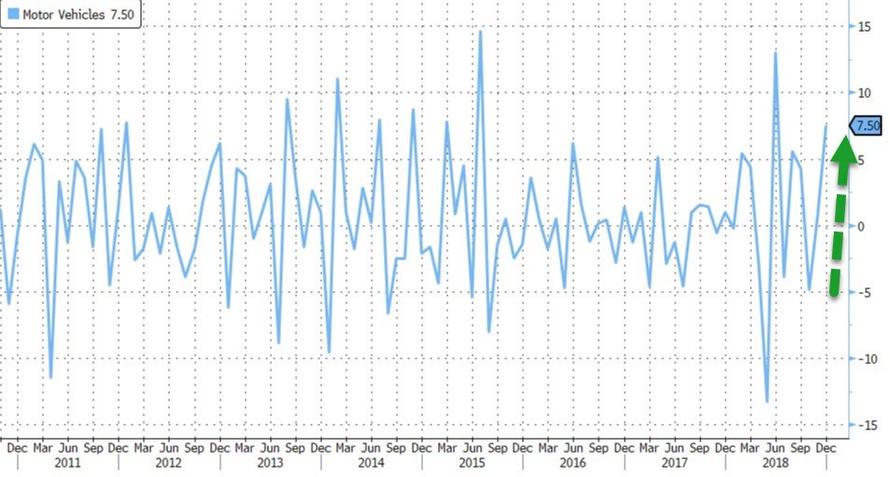


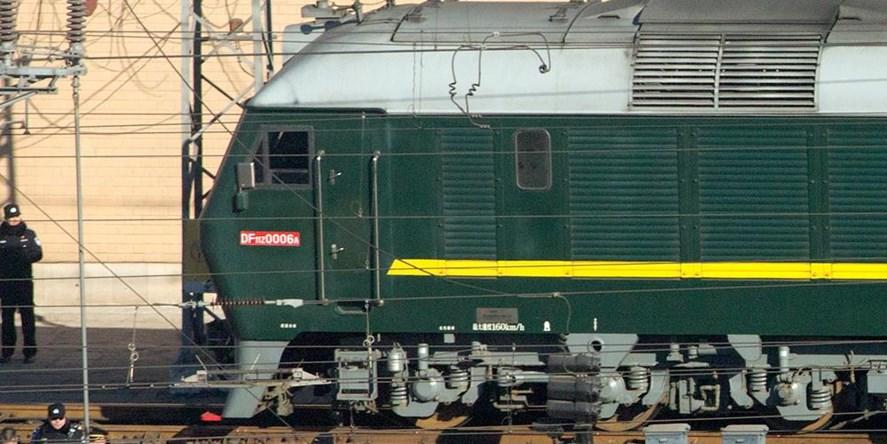

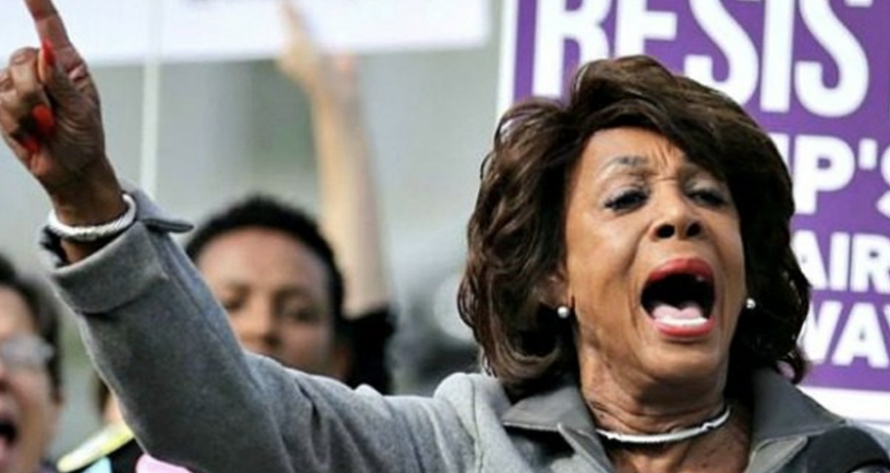
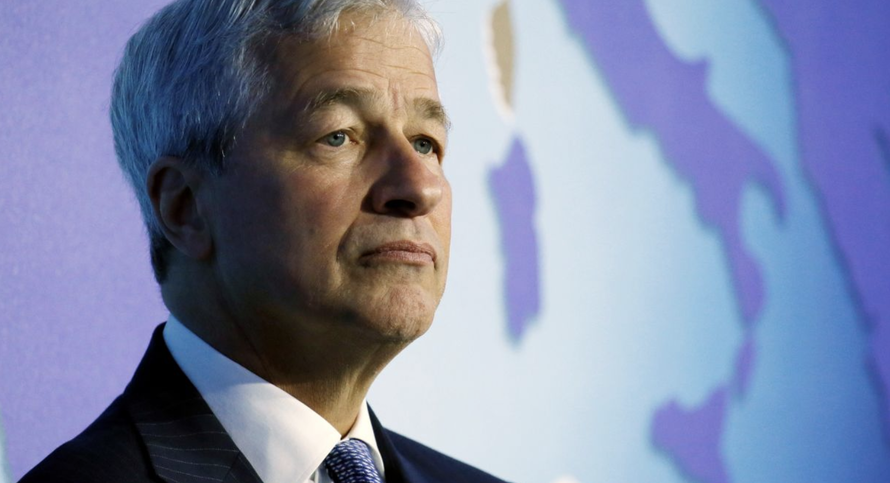
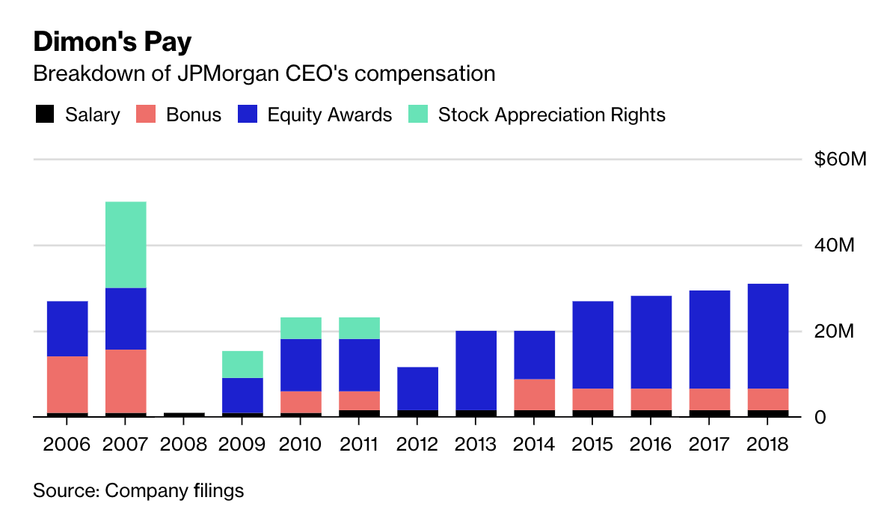
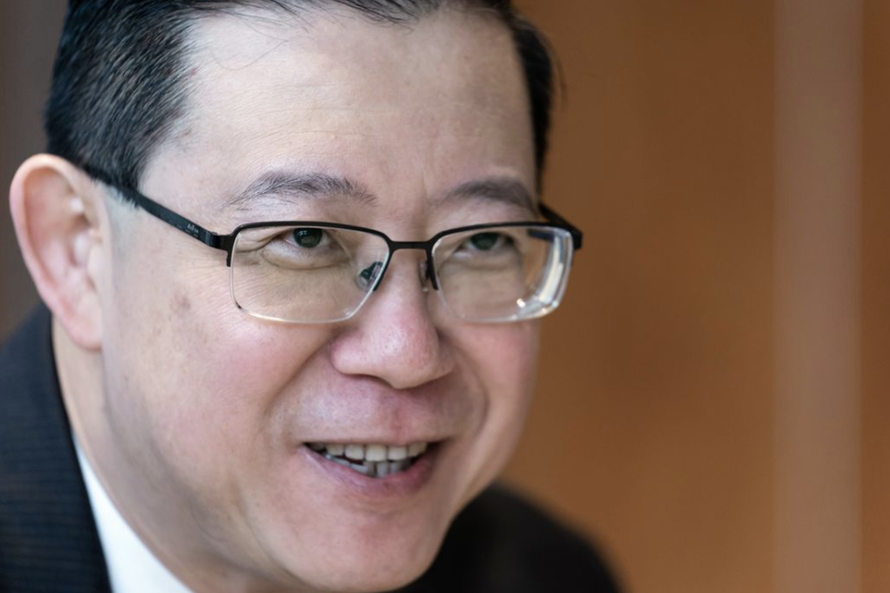
 Unusually for an M. Night Shyamalan project, the real plot twist in Glass comes not at the end of the movie but about halfway through, when you realize it won’t be getting any better and is in fact getting worse by the minute.
Unusually for an M. Night Shyamalan project, the real plot twist in Glass comes not at the end of the movie but about halfway through, when you realize it won’t be getting any better and is in fact getting worse by the minute.

